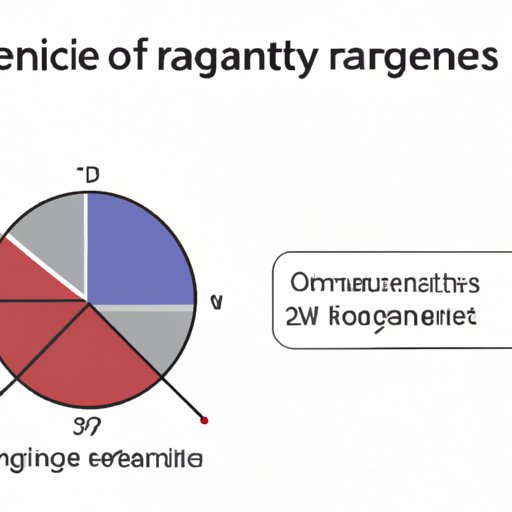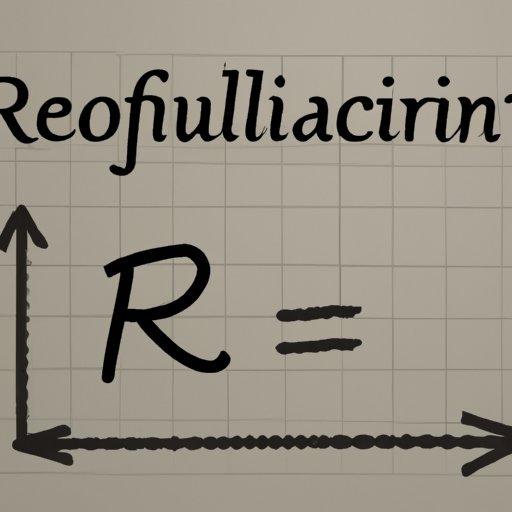Learn how to calculate variance, a measure of the spread of data around the mean, and its importance in statistical analysis. Understand the formula and concept underlying variance. Gain knowledge of practical applications and common misconceptions surrounding variance. Explore comparative analysis with other statistical measures, including mean, median, and standard deviation.
How to Find The Interquartile Range: A Complete Guide for Beginners
This guide provides a complete overview of the interquartile range and how to find it. From understanding what it is to providing tips for avoiding common mistakes, this guide will help beginners improve their statistical analysis skills and unleash the power of data analysis.
What is “s” in Statistics? Understanding the Significance of Standard Deviation
Learn the significance of the letter “s” in statistics and its importance in data analysis. Understand the basic concepts of standard deviation and variance, the techniques used to calculate “s”, and its limitations. Explore how “s” is used in statistical hypothesis testing, calculating “s” using Excel and other statistical software and alternatives that can be used in place of “s”.
A Beginner’s Guide to Understanding R-Squared in Statistics: Exploring its Importance, Advantages, and Limitations
This article introduces readers to the concept of R-squared and explores its importance, advantages, and limitations in analyzing regression models. Readers will learn how R-squared can be used to evaluate the accuracy of a model, identify outliers and influential observations, and interpret correlations vs causations. This beginner’s guide provides a step-by-step guide on how to calculate and interpret R-squared and real-world examples of its application.



